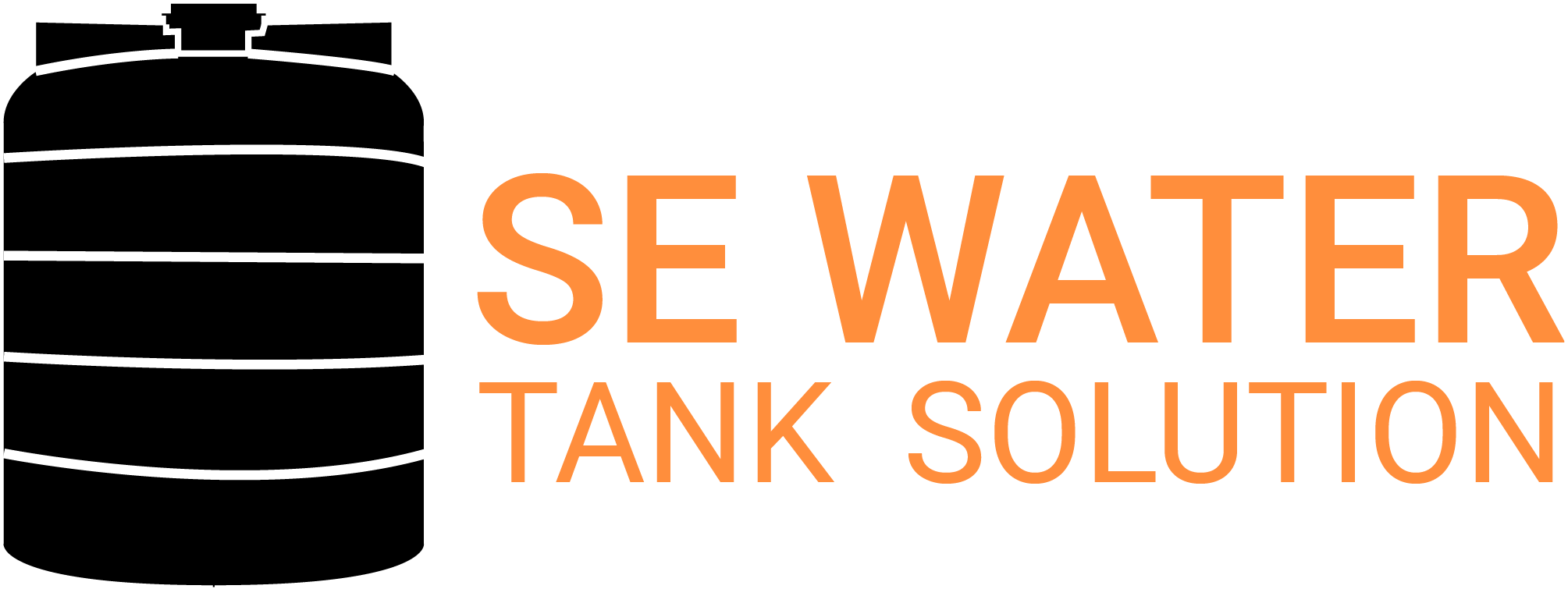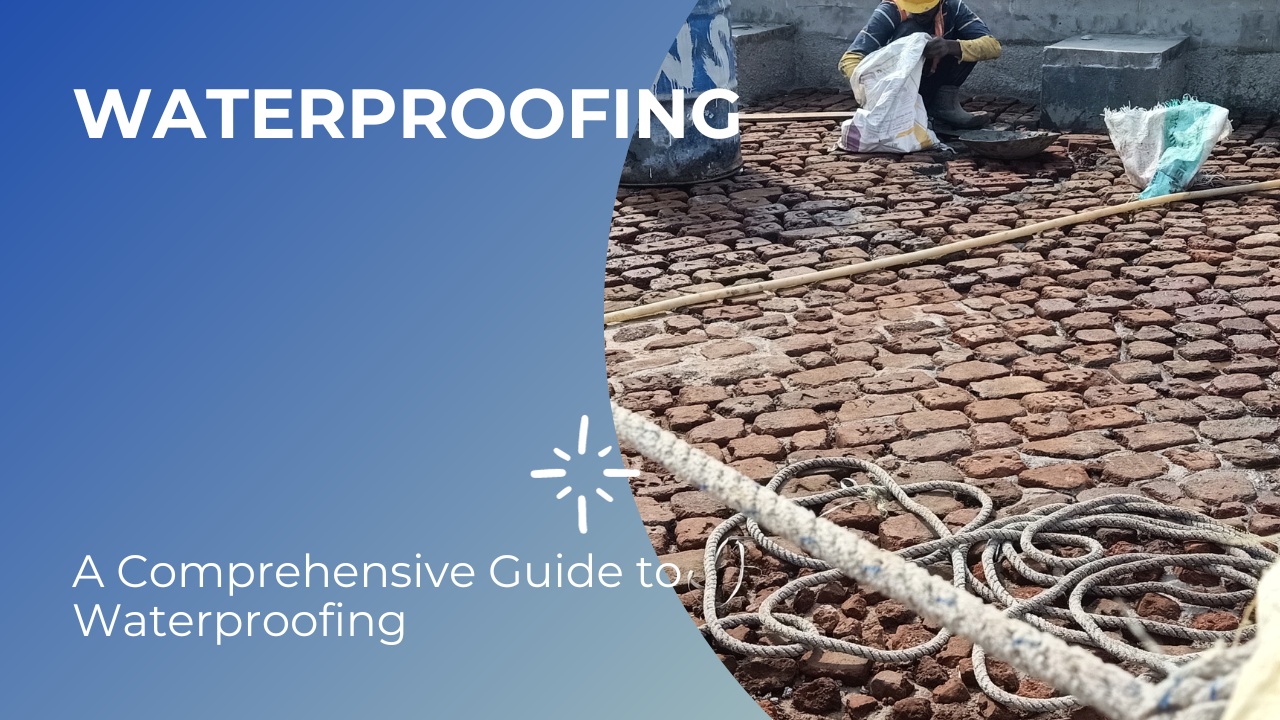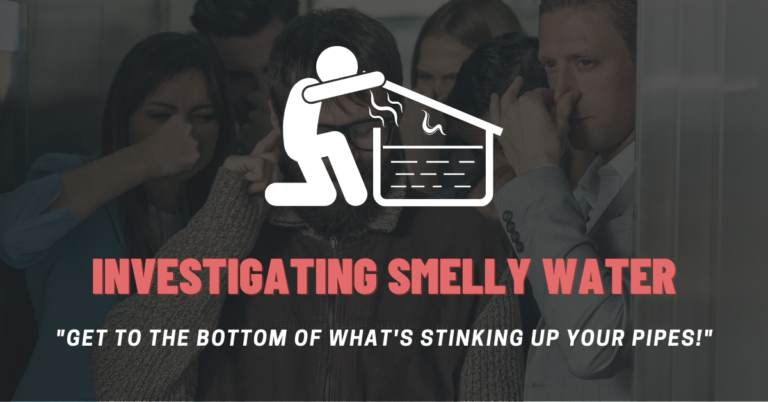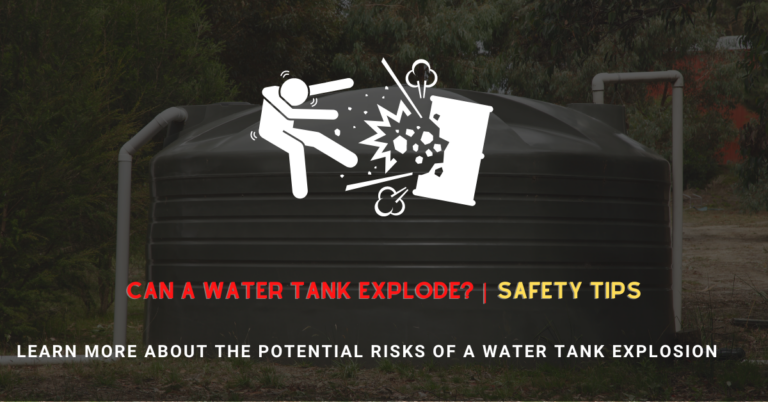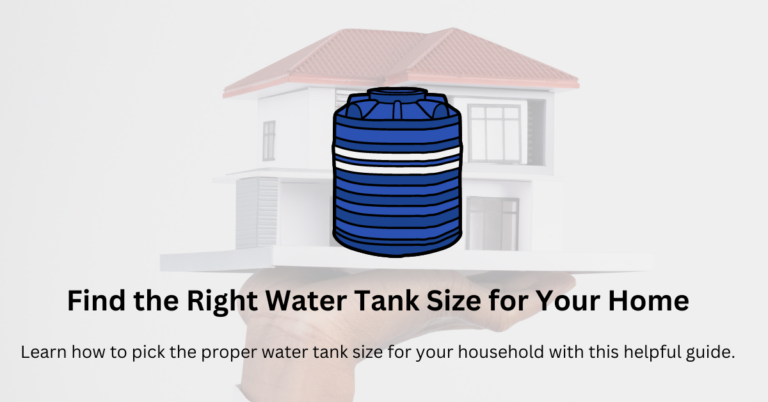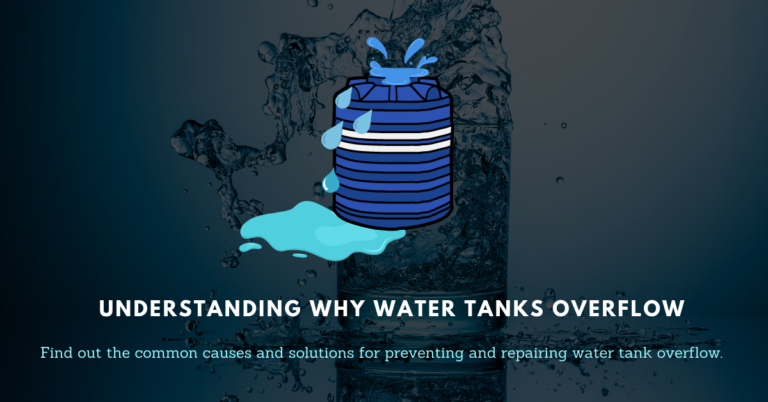Are you looking for the essential information to help you make a decision? Look no further! This article will provide you with all the details you need to know. Learn the key facts and get the answers to your questions to make a well-informed decision.
Is a leaking water tank dangerous ?
Yes, a leaking water tank can be dangerous. If the water tank is providing water to the home, it can cause water damage to the home and increase the risk of mold and mildew. A leaking water tank can also lead to a loss of water pressure, which can contribute to other plumbing issues.
Additionally, if the water tank is not properly maintained, it can lead to contamination of the water supply, which can be a health hazard.
what causes leakage in tank ?
Various factors can cause a tank to leak, including cracks or holes in the tank, corrosion, loose fittings, or improper installation of the tank. Exposure to direct sunlight can also cause the material in the tank to expand and contract, leading to cracks and leaks over time. Additionally, due to wear and tear and general use over time, weak spots can develop in the tank due to wear and tear, leading it to leak.
Why is water leaking from the air vent of my water tank?
The tank likely has a crack or a hole that allows water to leak through the air vent, which causes water to seep into the house. The air vent is designed to allow air to escape from the tank. It is, therefore, imperative to understand that if the tank is leaking, there is a problem with the tank that could cause it to leak. You should contact a professional to inspect the tank and determine the necessary repairs.
what is the purpose of air vents on an overhead water tank?
The purpose of air vents on an overhead water tank is to permit air to escape when the tank is being filled. Air vents allow air to enter when the tank is being emptied, allowing the tank to fill and empty more efficiently. Air vents also help to prevent the formation of a vacuum in the tank, which can cause the tank to collapse.
how can we fix a water leakage from the bottom of a sheetal/sintex plastic water (domestic) tank (1000 L)?
- Begin by draining the water out of the tank to inspect the damage.
- Clean the area around the leak with a rag and acetone to ensure that the area is free of dirt, dust, and other debris.
- If the leak is small, use a plastic welder to fill the crack with plastic.
- Use a piece of plastic to cover the area around the leak for larger cracks.
- To seal over the leak, use a welder to seal the plastic piece.
- Once the leak is sealed, allow the plastic to cool and dry before refilling the tank with water.
- Check the area around the leak to make sure welding is successful.
Isn’t M-Seal poisonous since it is used to seal leaking water pipes and tanks which carries water used in kitchen and washing?
No, M-seal is not poisonous. It is made of non-toxic materials and is non-hazardous. It is designed to be used in contact with water, so it is safe to use around food and other items that come into contact with water. However, it should be noted that M-seal is a temporary solution and should only be applied as a stop-gap until a permanent fix, such as plastic welding, can be completed.
